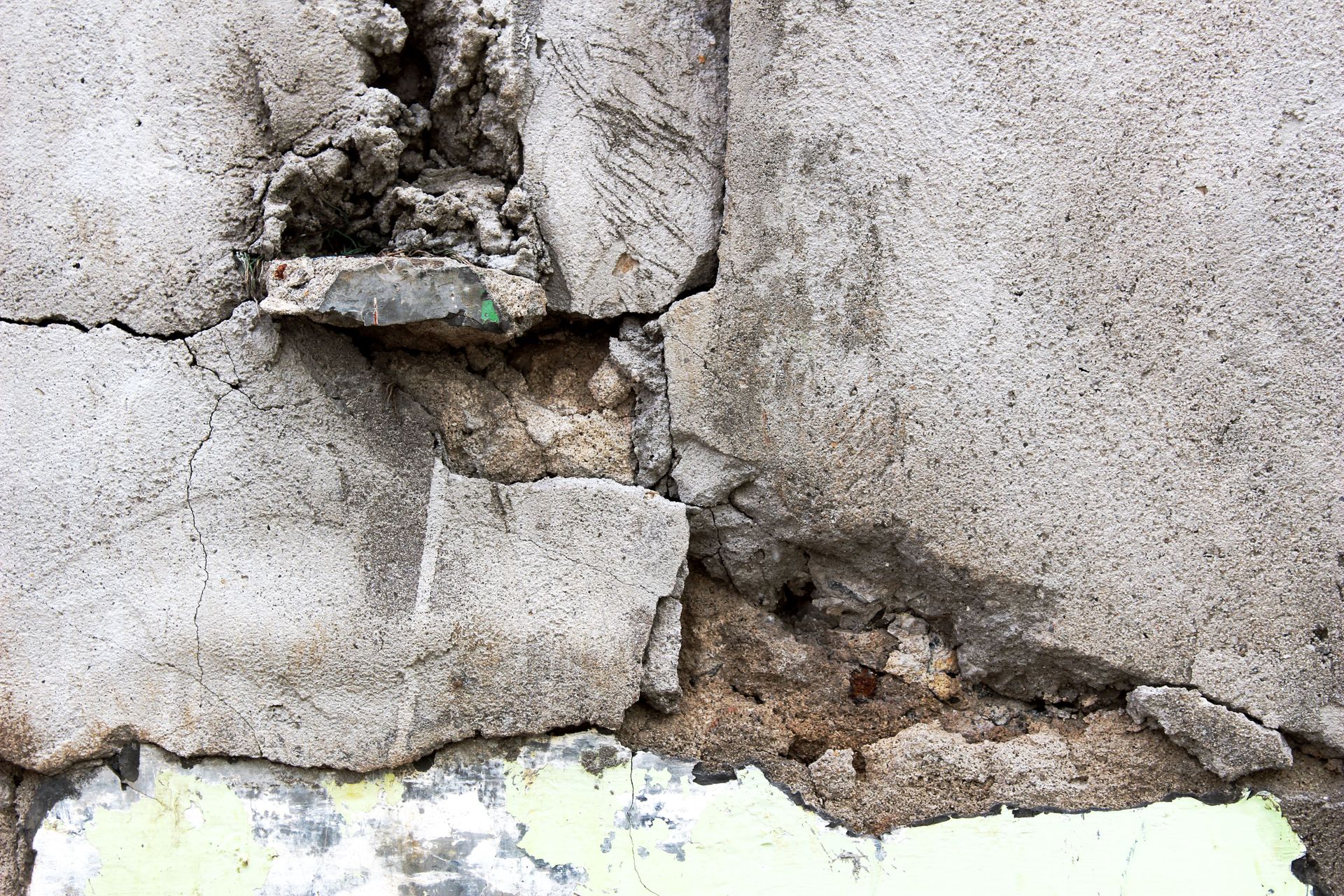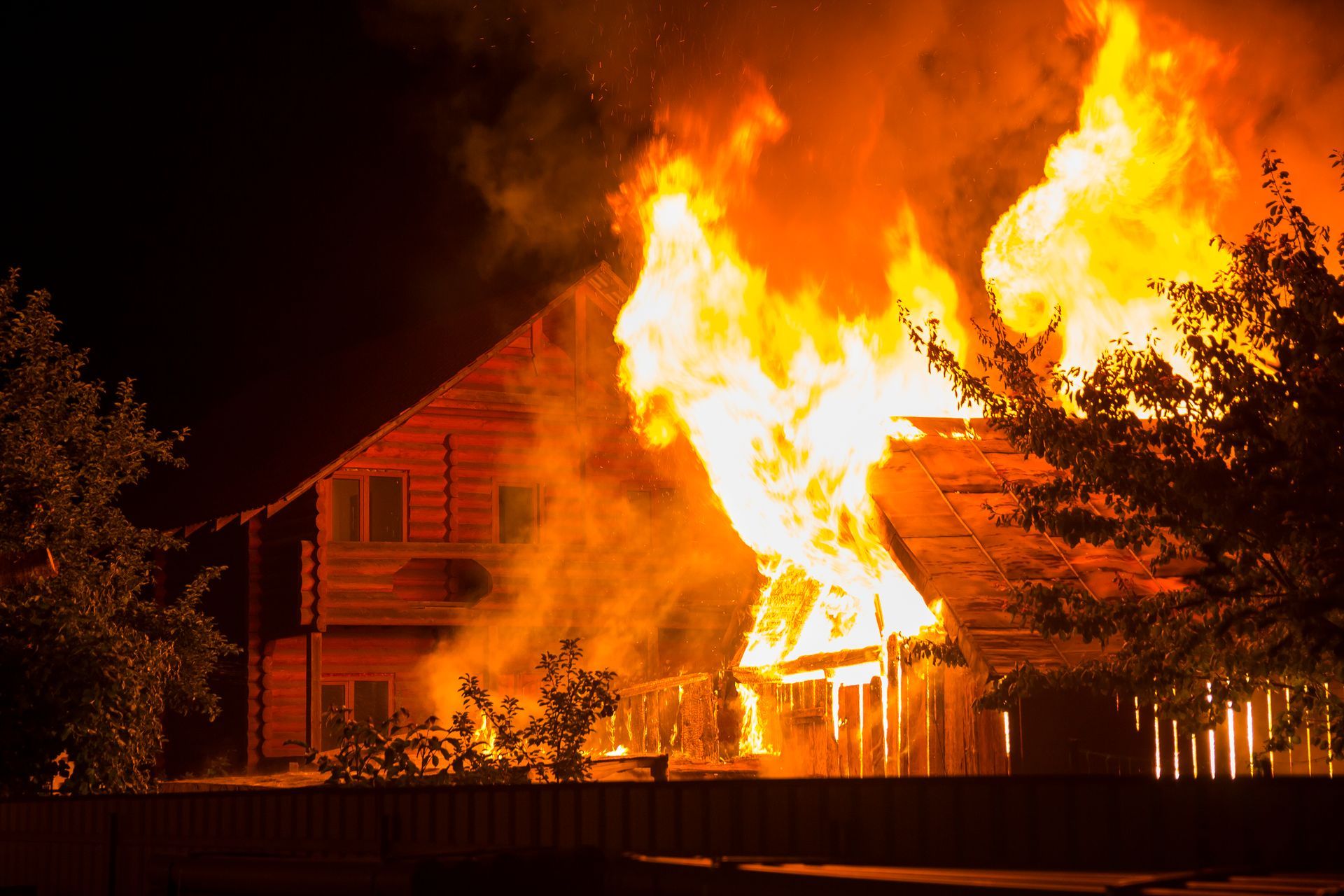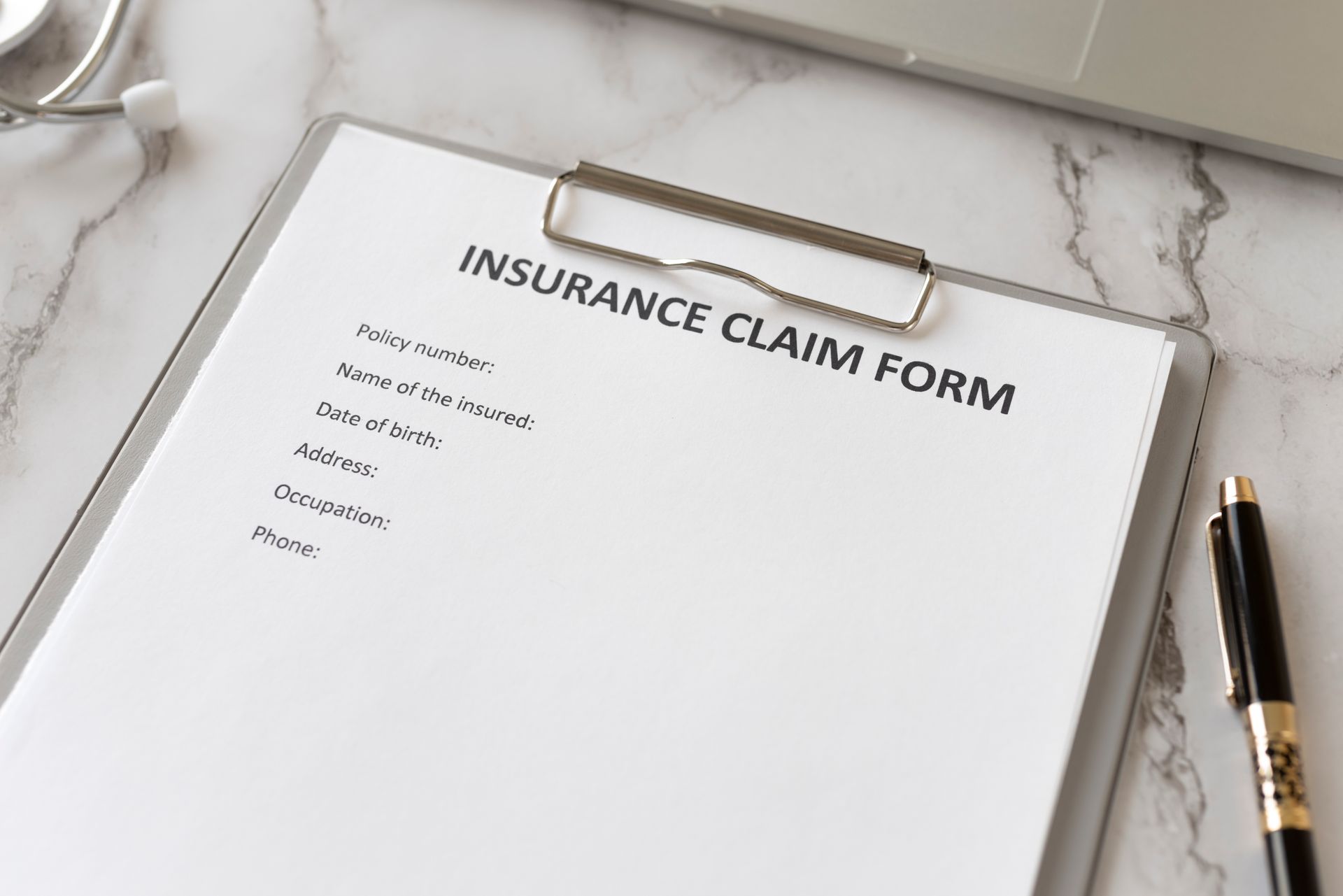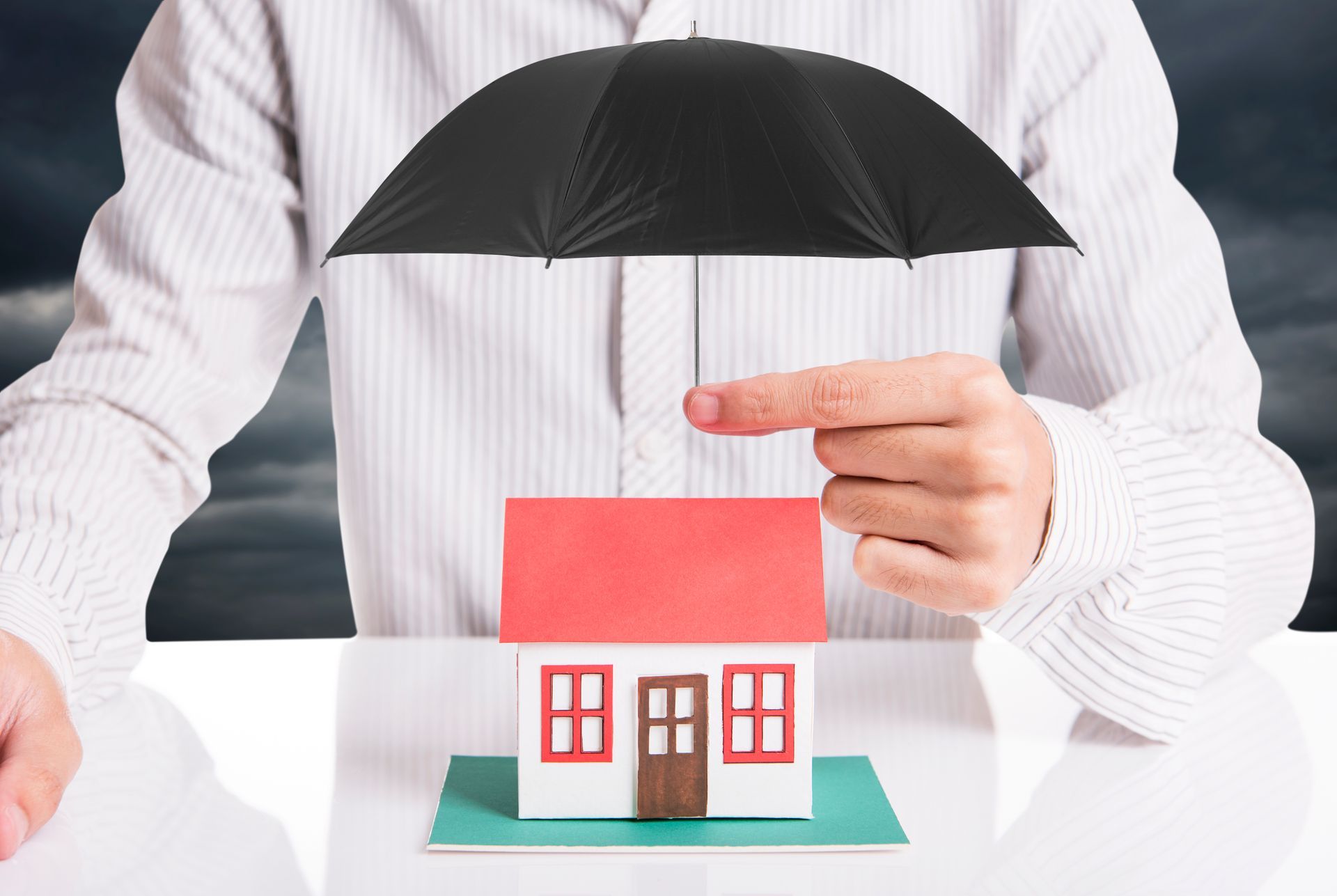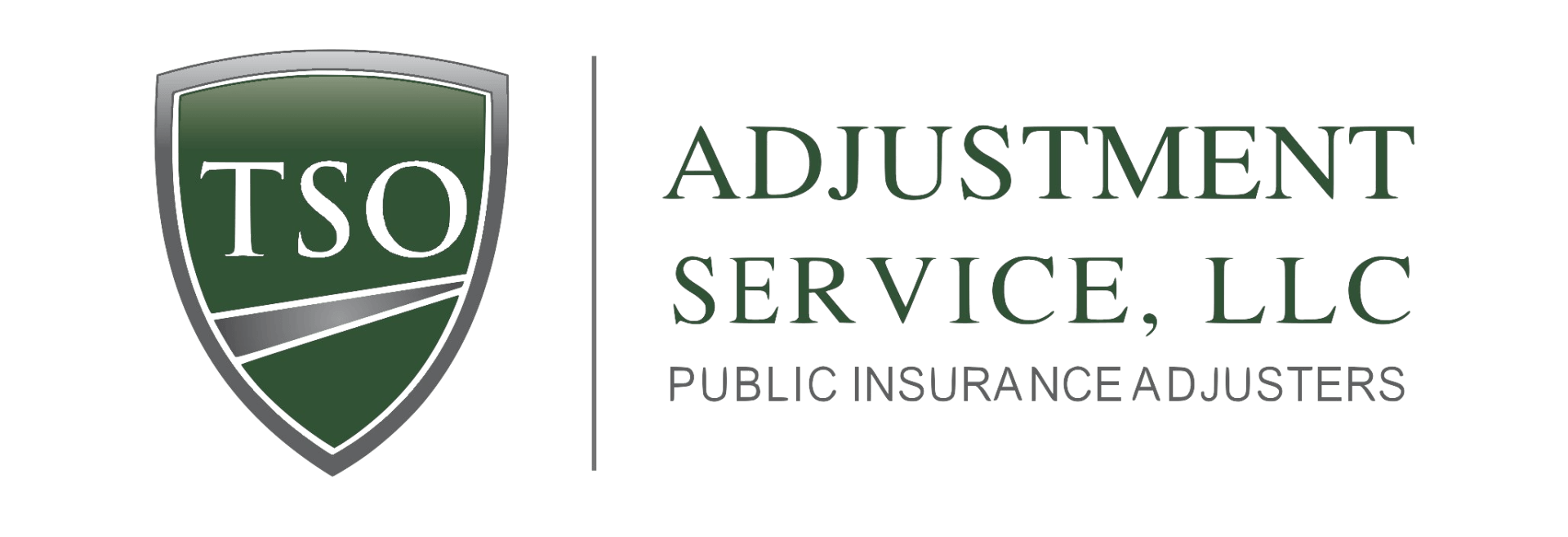How Drones and Technology are Disrupting the Insurance Industry
In recent years, innovation through new technologies has significantly transformed the insurance industry.
Insurance companies have begun moving away from their usual manual processes and have started implementing technological solutions that can simplify or automate their work.
To top things off, COVID-19 has only accelerated this shift. Many industries, such as the insurance sector, are likely to meet permanent changes in the wake of a post-pandemic future. Since COVID has hit, a lot of home insurance companies have upped their use of drone cameras to perform full inspections of properties or objects.
In this article, we’ll review some of the main reasons behind why drones are well on their way to becoming ubiquitous in the insurance industry—as well as some disadvantages of their use.
Keep reading to learn more!
Advantages of Drone Use
Drones have attributes that make them particularly useful to insurers. They’re small, easy to control, and are also relatively cheap to deploy. Drones can also be maneuvered without any people on board, making them an ideal device for exploring places and crevasses that are unsafe or inaccessible for humans.
Drones can also travel much more quickly than humans over larger geographic territories. If you’re looking to quickly scale an area, drones can achieve this for you without you ever needing to step foot in it.
Some of the biggest advantages
insurance adjusters have found when using drones for insurance inspections include:
1. Greater Collection of Data
Just like we mentioned above, drones are great tools to use for property inspections when it comes to surveying areas that are hard for humans to reach.
It can be much easier to view certain problems from above, allowing drones a better opportunity to capture minute details, in photos or video footages, of a potential property or object.
Drone cameras can also be updated and enhanced with custom lenses, providing them with an even greater view of their targets.
2. Ability to Inspect Dangerous Areas
Drones are capable of inspecting areas within properties that can pose extreme danger to humans.
Disasters can devastate the infrastructure of a property, sometimes making it very risky for insurers to even step foot onto a site to proceed with a claim procedure. Drones, on the other hand, can handle these scenarios with no fuss.
In particular, inspecting rooftops for damages has become one of the most popular uses of drones by insurers.
Historically, rooftops have been one of the most difficult parts of a home for insurers to inspect. Previously, insurers were forced to be particularly cautious when taking photos of rooftops, especially those that had suffered damages. However, with their ability to breeze over just about any type of rooftop, drones have actively solved this issue.
Disadvantages of Drone Use
While drones are clearly yielding tremendous benefits for insurers, there are a few disadvantages that come with using them. For many insurance companies, the most common issues are:
1. Federal Aviation Administration (FAA) Regulations
All drone users must comply with FAA regulations to avoid facing penalties.
The current rules state that both individuals and companies are permitted to use drones for business if they do not weigh more than 55 pounds (either including or not including additional image-capturing equipment).
As per the FAA guidelines, drones are also only allowed to be flown during the day. They are not permitted to fly higher than 400 feet from the ground and cannot operate faster than 100 miles per hour. If the drone is not within the line of sight from its operator, this is against the FAA’s regulations as well.
Lastly, all drone operators must have a remote pilot certificate with a small unmanned aircraft system (UAS) rating. Those who have not received this certificate can only operate a drone if they are accompanied by another person who has been certified.
2. Setup Costs
Setting up and establishing a drone program can come with a hefty price tag for insurers. To start with, they’ll need to obtain drones with the latest updated technology and then create internal rules within their company that will govern their use.
To comply with the FAA regulations, all pilots are also required to register their drones and obtain all FAA certifications as part of the setting up process.
Contact TSO Adjustment Service
We hope you enjoyed our article covering some of the advantages of using drones and recent technology to perform insurance inspections.
As a full-service public property loss–adjusting company since 1993,
TSO Adjustment Service has seen it all, and we are excited to see how innovative technology is helping make inspections safer and easier for insurers.
To learn more about how we can help you with your next insurance claim, get in touch with us today!
Call us at 215-886-7440 to speak with a member of our staff or visit our contact page.


